It’s different cultures that make the world go ‘round at the end of the day.
– Samantha Fox
Quick (Wikipedia) Facts: Fasnet (Carnival)
- Swabain-Alemannic tradition to celebrate the eve of lent
- Also referred to as Fastnatch, Fasnacht and Fasent
- Celebrated in Swabia (Southwestern Germany), Switzerland, Alsace and Vorarlberg (Western Austria)
- It starts the Thursday before Ash Wednesday and continue until Fat Tuesday
Outside of Mardi Gras in New Orleans and Carnival in Rio de Janiero, I think after witnessing Rottenburg’s Fasnet celebrations I’m good for parades. It had it all: elaborate costumes, amazing music, free candy and some really great food trucks. You couldn’t ask for more…
A couple weekends ago my housemates, a German student who had done an exchange at our home university last semester and I spent two days in Rottenburg to celebrate Fasnet. Rottenburg itself reminded me quite a bit of Reutlingen only on a larger scale. To get to the marketplace you had to cross a lovely bridge (which was kinda of like crossing the threshold to a mystical world) over the Neckar River which passes through the town before eventually joining the Rhine River and emptying into the North Sea.
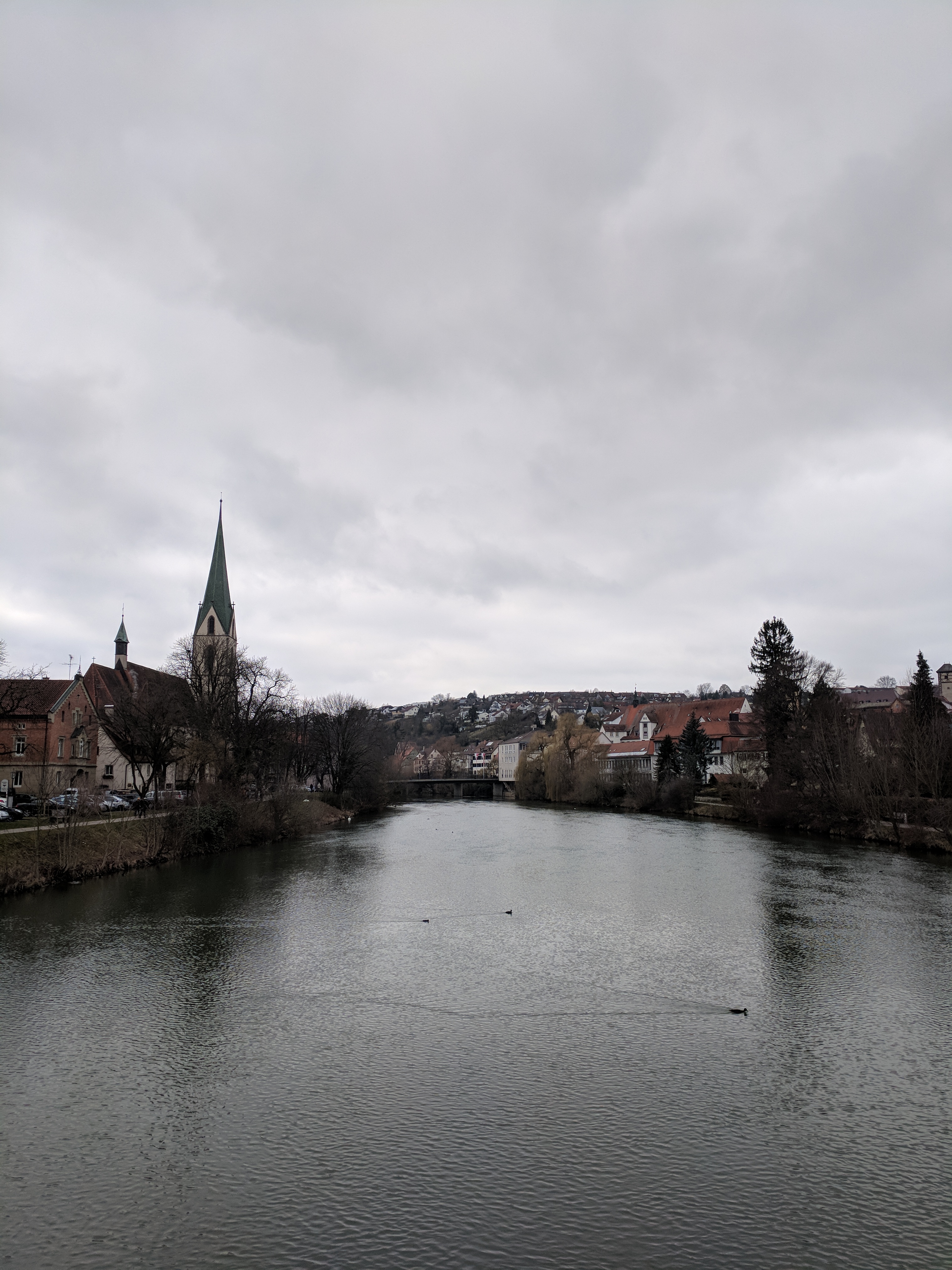
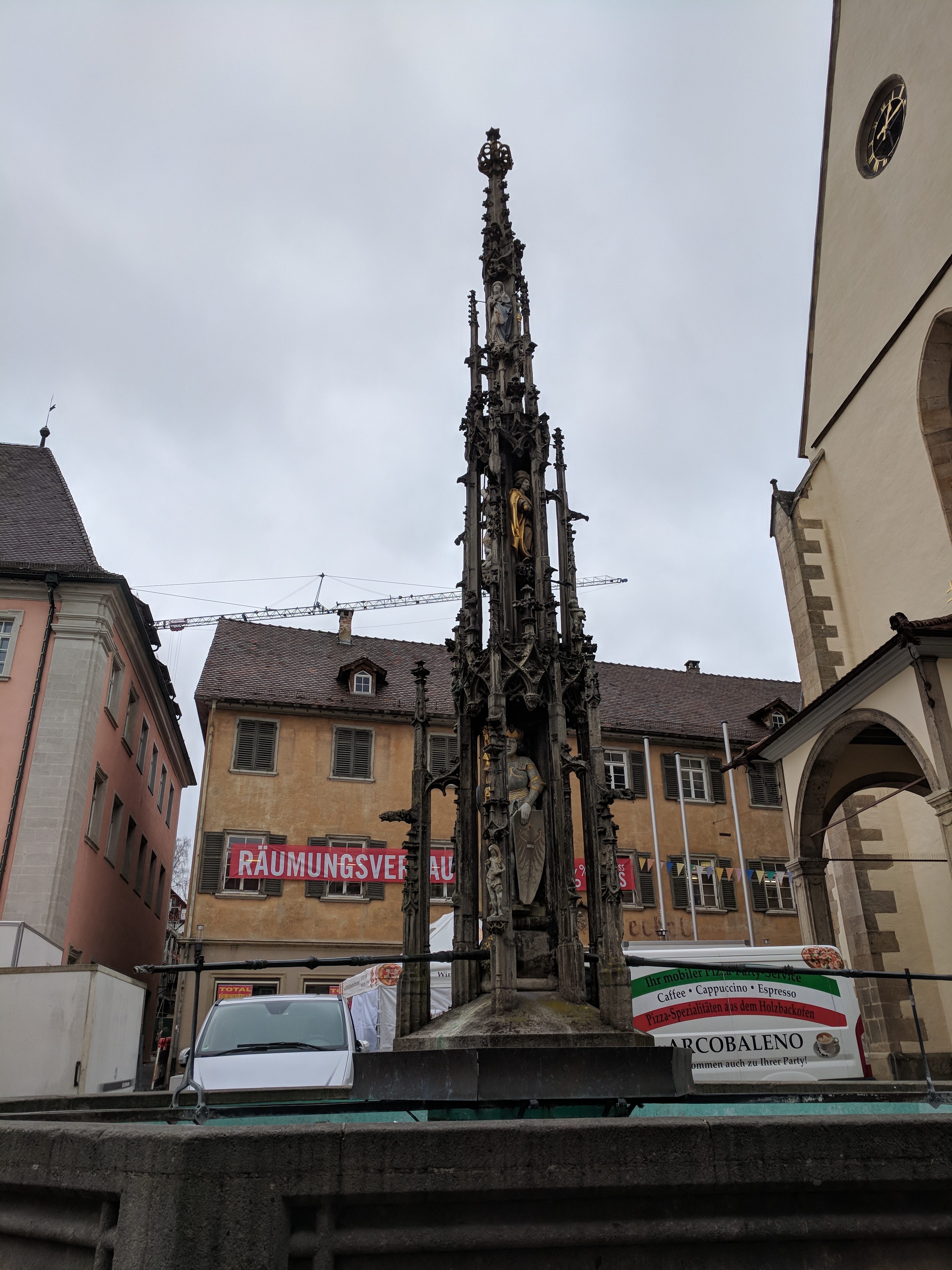
EVERYONE WAS IN COSTUME. Not just the people participating in the parade but the spectators as well, young and old alike. Often times when taking transit we aren’t 100% sure we’re heading in the right direction but there was no mistaking the train to Rottenburg this weekend. Every group had their own “uniform” and the theme was anything goes… Literally anything went.
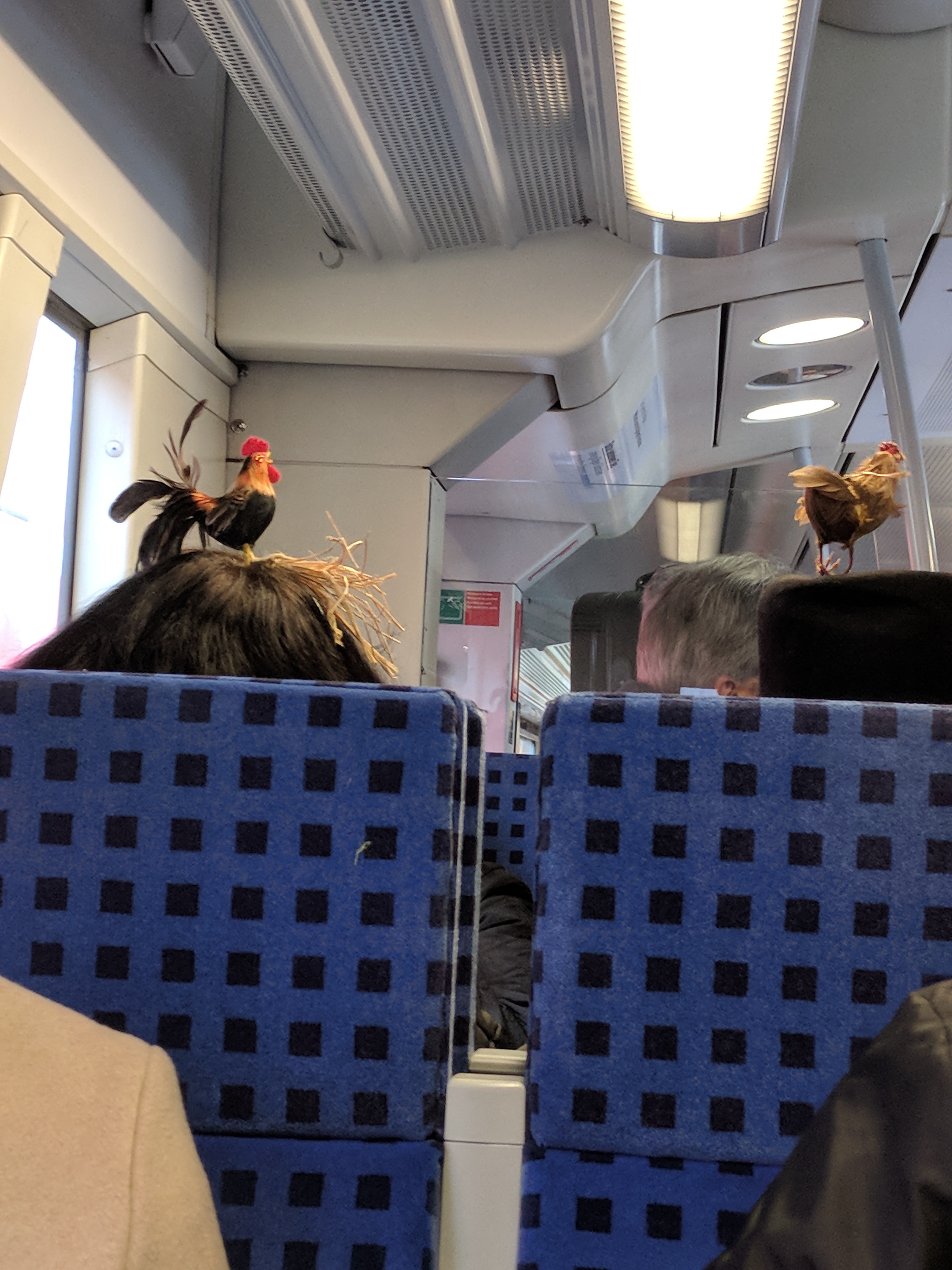
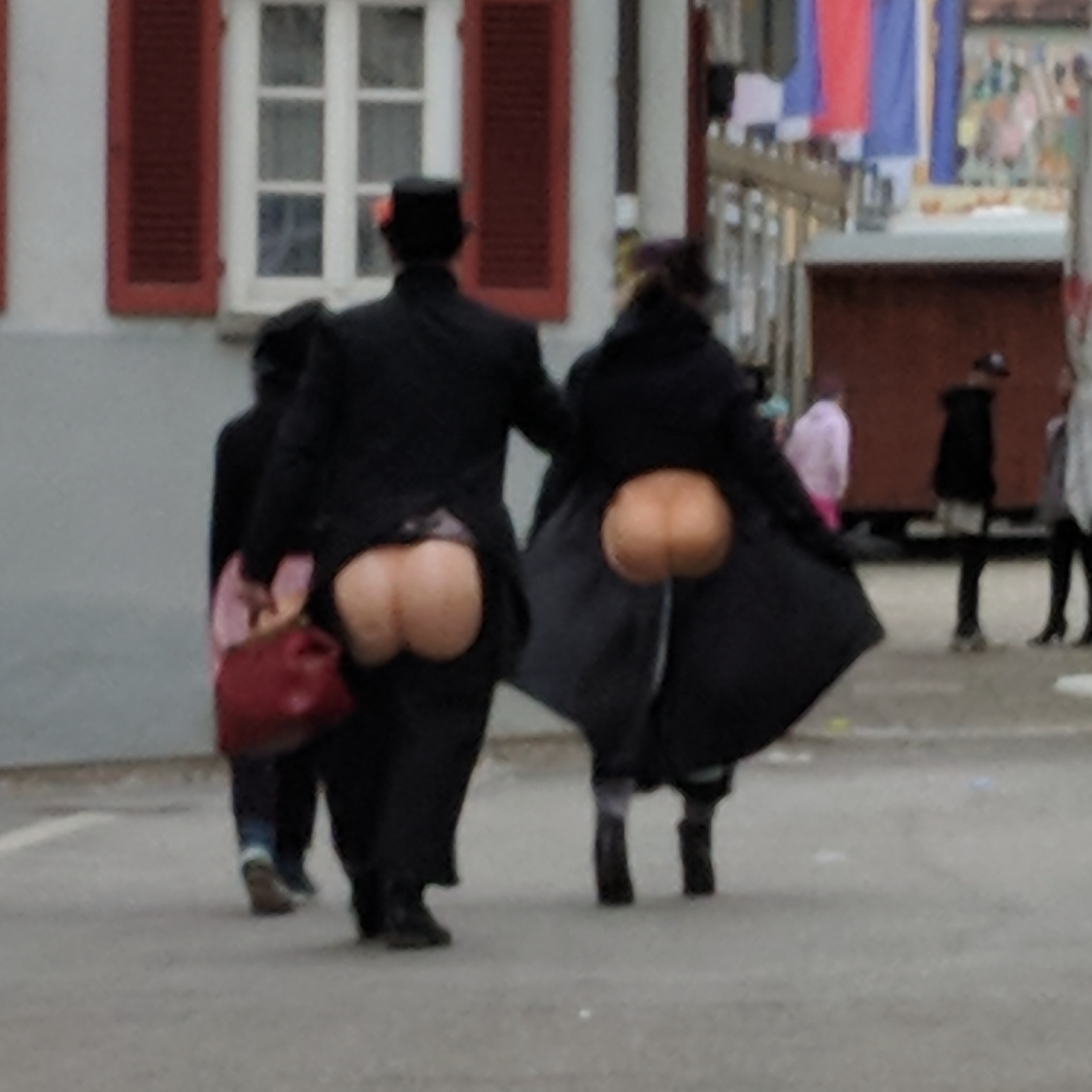

The major parade happens on the last Sunday of the festival and its main staples include the Ahland, the Pompele, the witches from the cities, the Laufnarren (laufen = run, Narren = jester) and the Fanfarenzung. Here are their descriptions from the Rottenburg Fasnet information pamplet as translated by my wonderful German friend Minh:
Der Ahland
… Rottenburg’s central character of Fasnet. This is the classic white fool with an elaborately crafted linden wood mask, lambskin hood and up to six bell strands. The Ahlandtanz is an imposing show dance that is unique in the Swabian-Alemannic Fasnet.
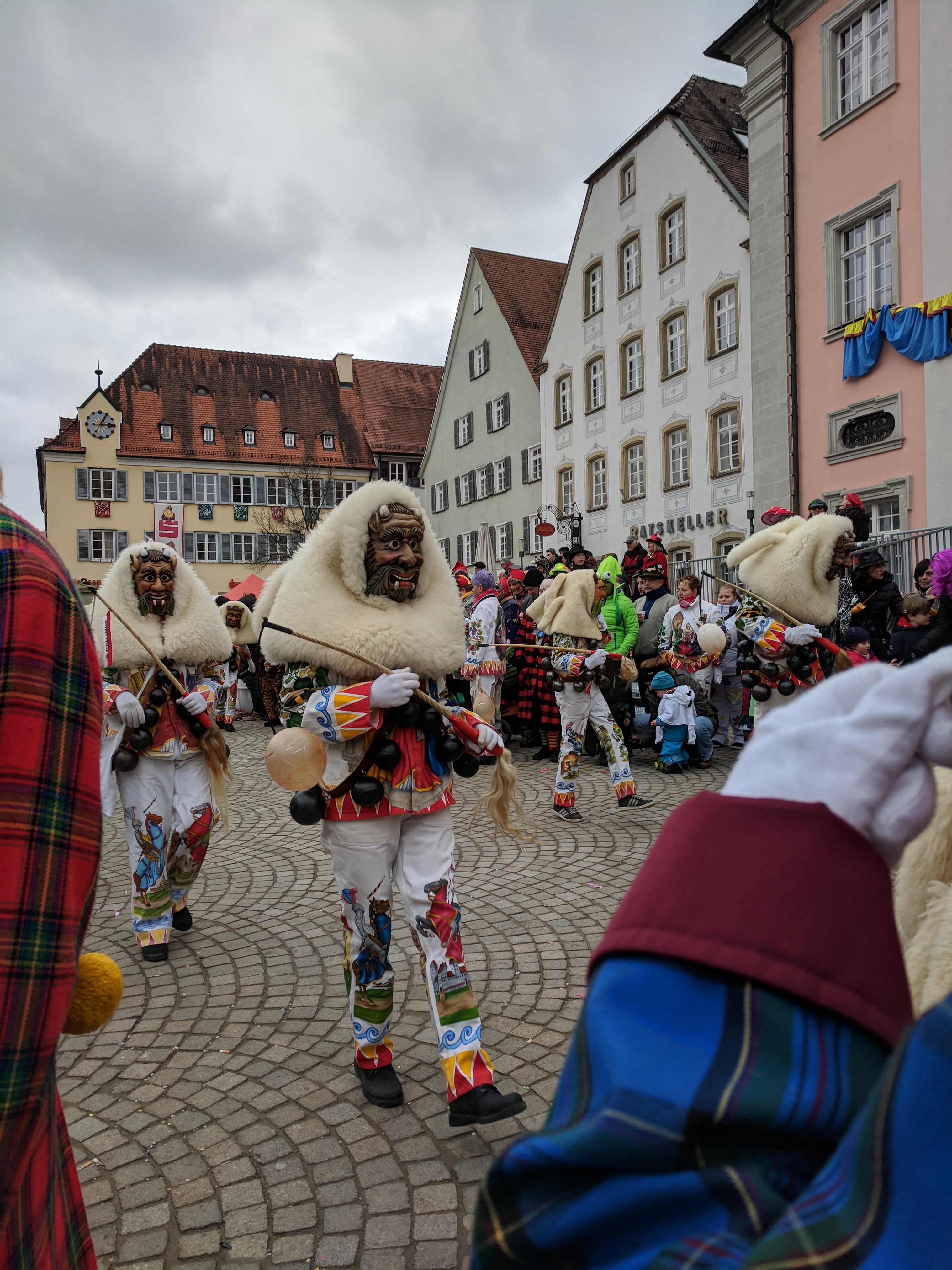
Das Pompele
According to the legend the kobold was a good-natured poltergeist in the “Roman Emperor [’s home]” where he did his mischief. The mask with ran’s horn is carved after a renaissance model and woe may find the one who lets it free: he is an archdevil.

Der historische teil (The historic part)
In Rottenburg a woman rules during the great [Fasnet] days: Countess Mechthild zu Hohenberg, archduchess of Austria. At the Schmotzigen Thursday she announces the Fasnet from the balcony of the town hall and she hands the jester the keys to the city.
Die Stadthexen (The witches of the city)
In the 16th century the witches met up at the closest Heuberg and danced the whole night. The witch is a Fasnet character as old as the historic Ahland.
Die Laufnarren
They are neither white fool, nor circus-jester. The Laufnarren of the Fasnet guild successfully impersonalte the Countess Mechthild zu Hohenberg’s frivolous fireplace operator named Halberdrein. This court jester did not only entertain in the castle, but also for town’s residents at the marketplace.

Der Fanfenzung
With natural trumpet sounds, lansquenet drums and dressed in historic lansquenet uniforms, the musical parade herals the Countess and the historical part. This is the only group from the Narrenzunft (Narren = jester, Zunft = guild) which also performs outside the Fasnet-festival.
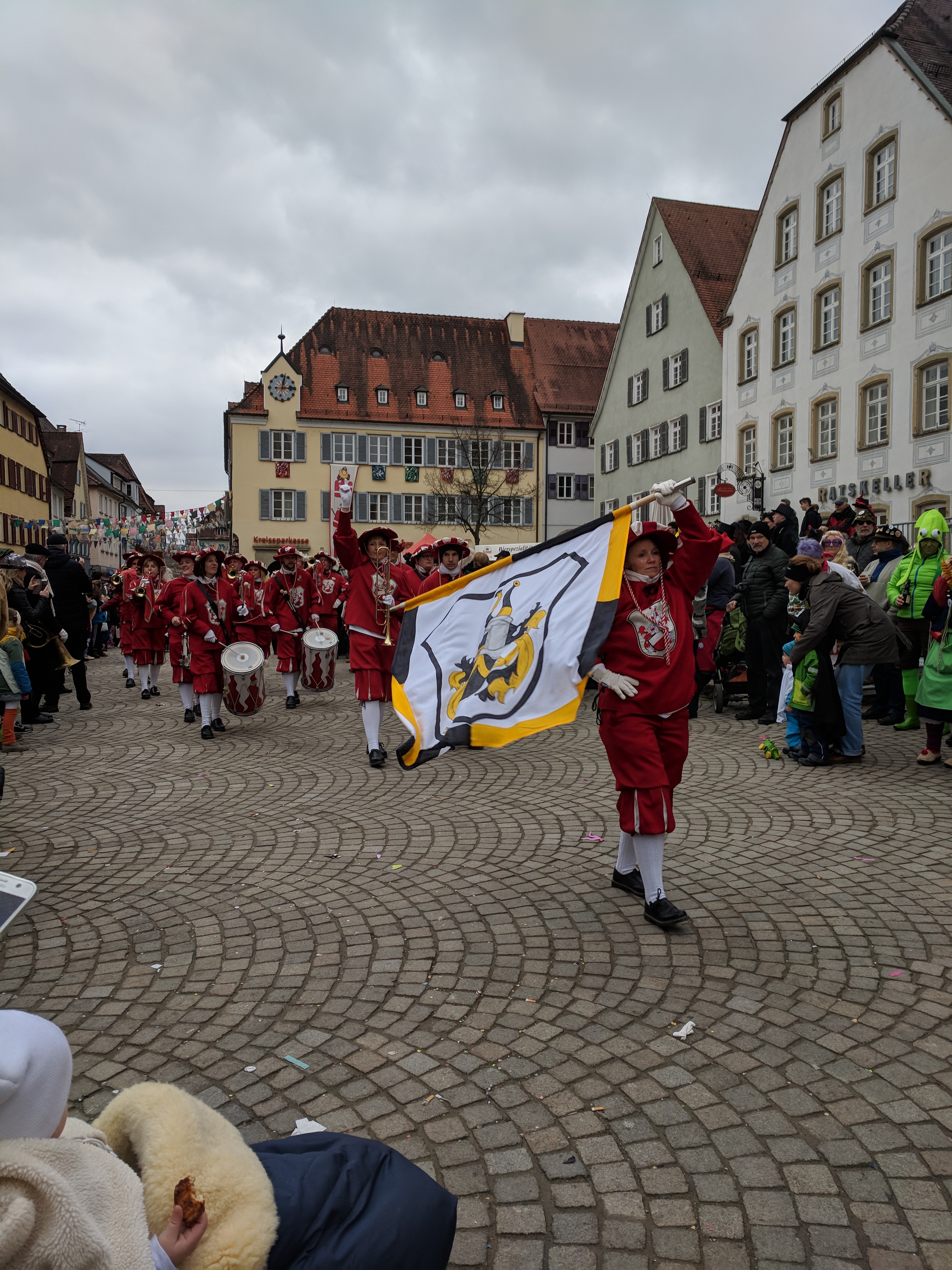
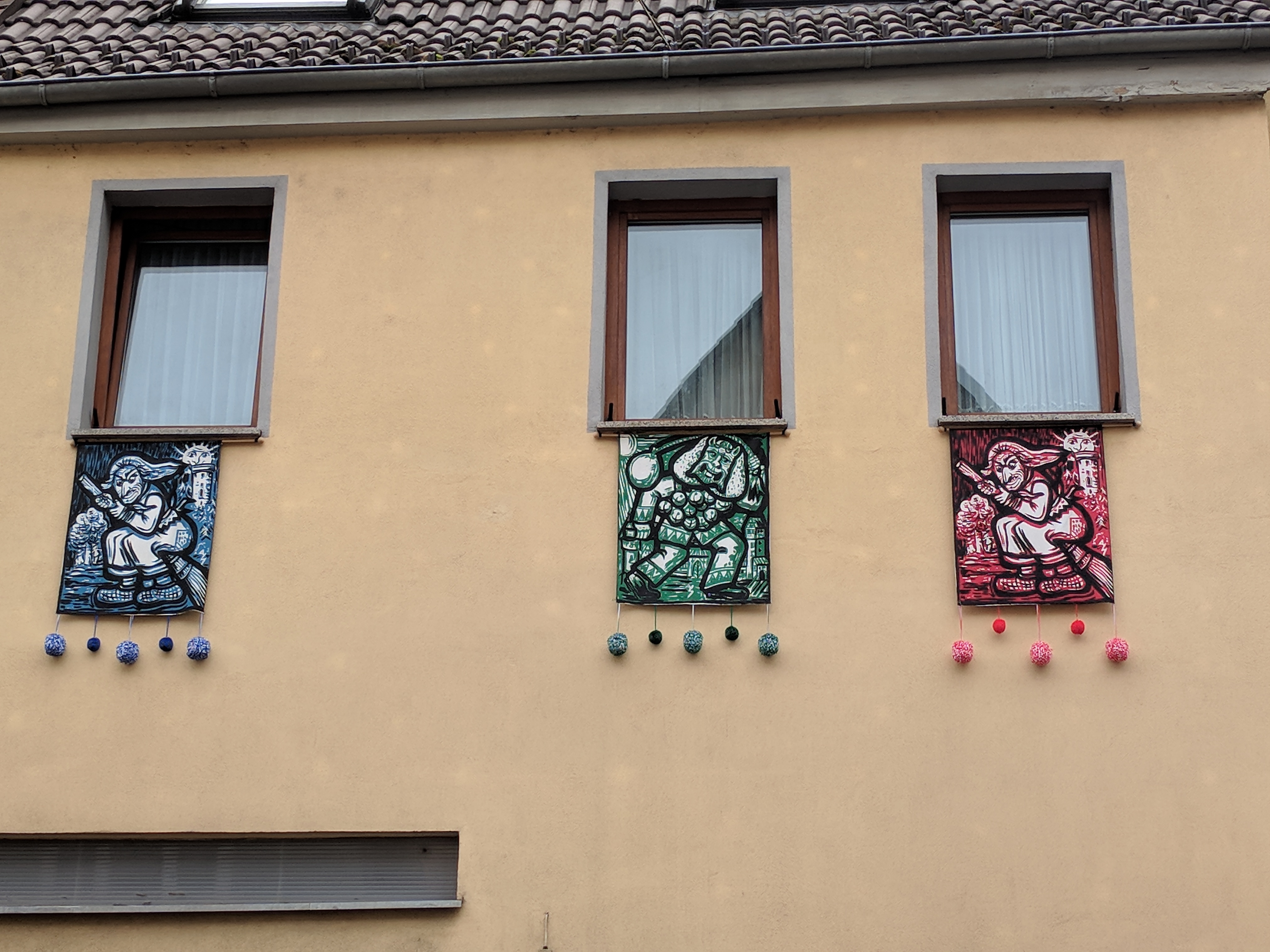
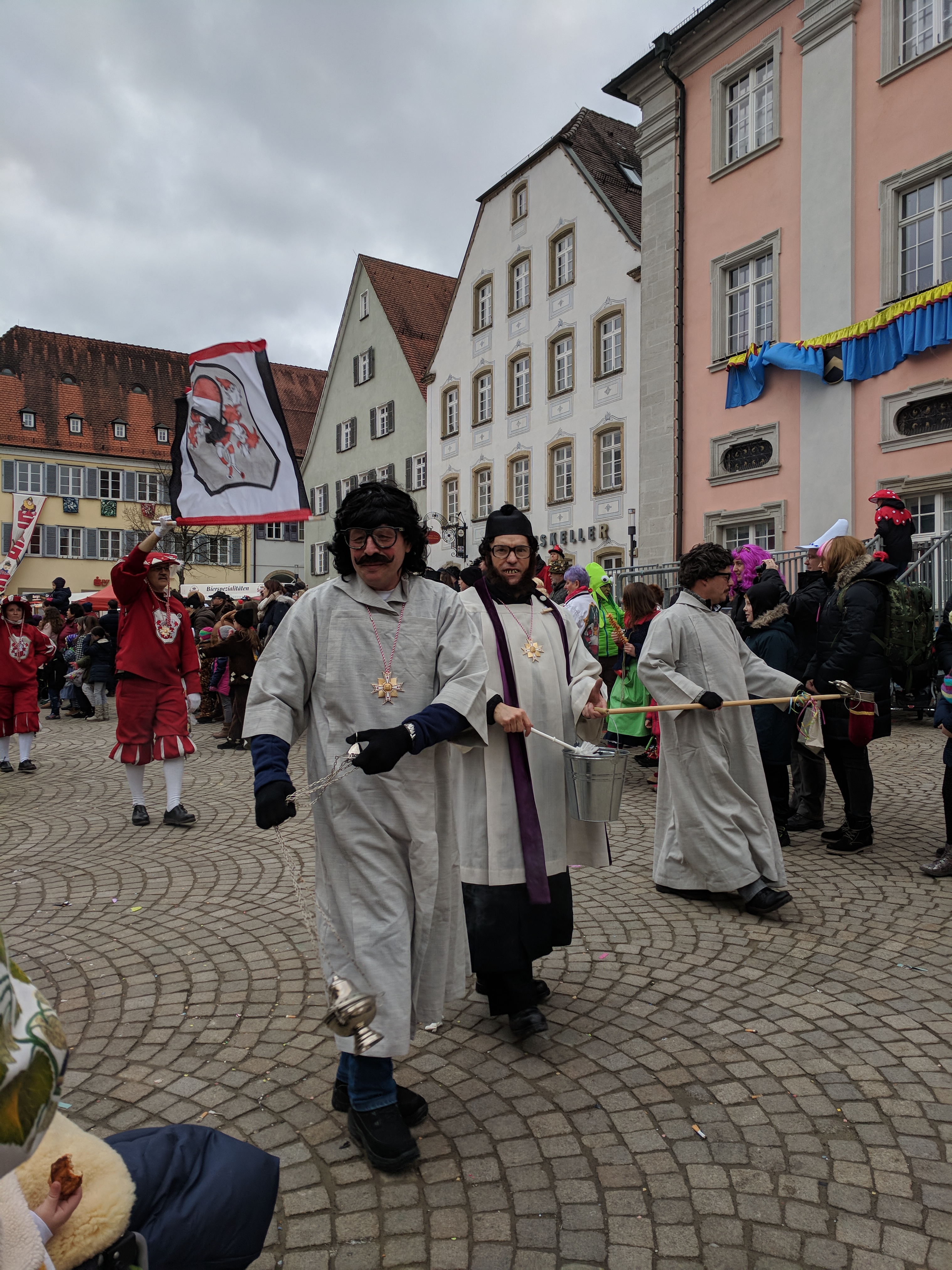

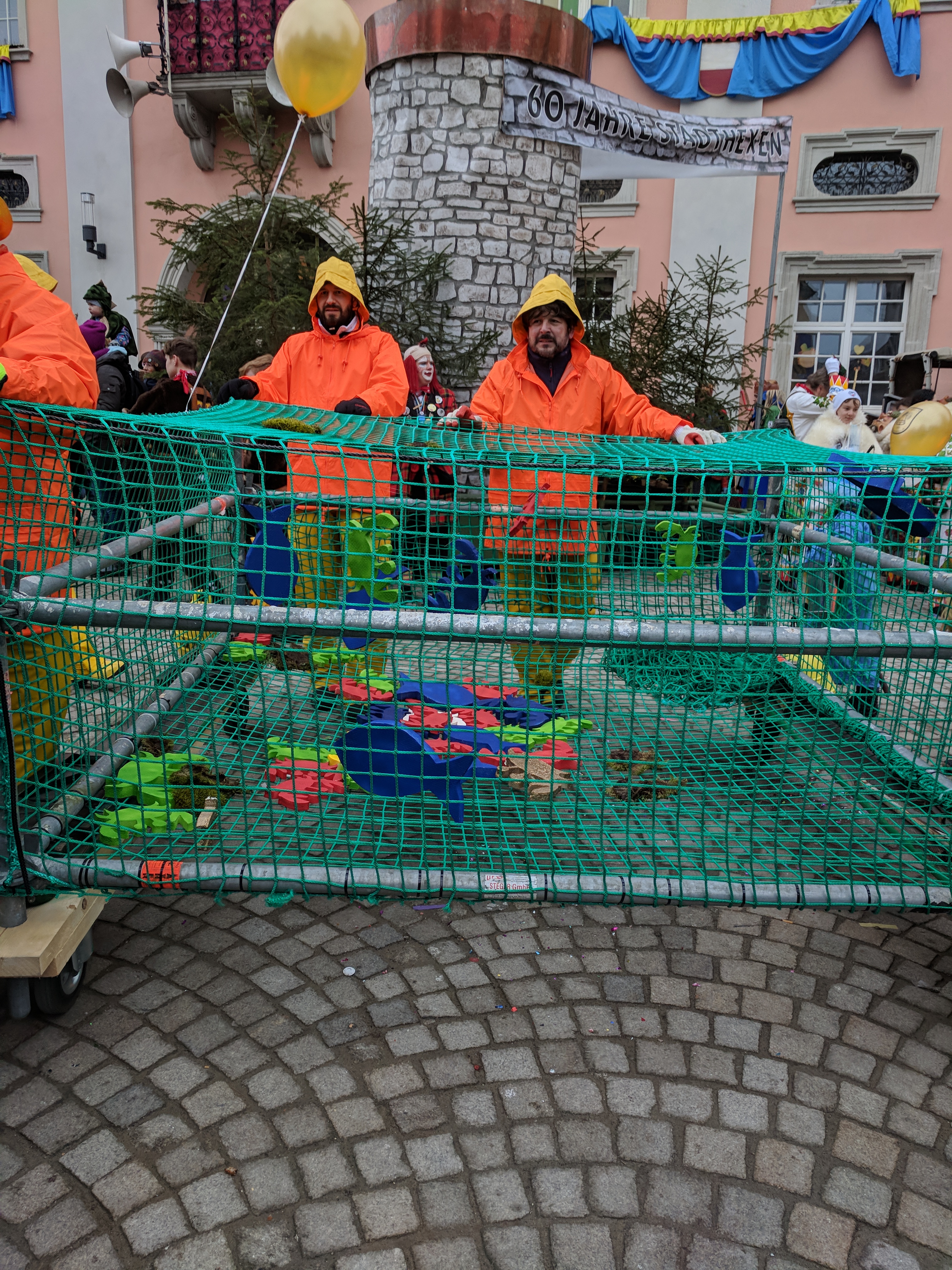
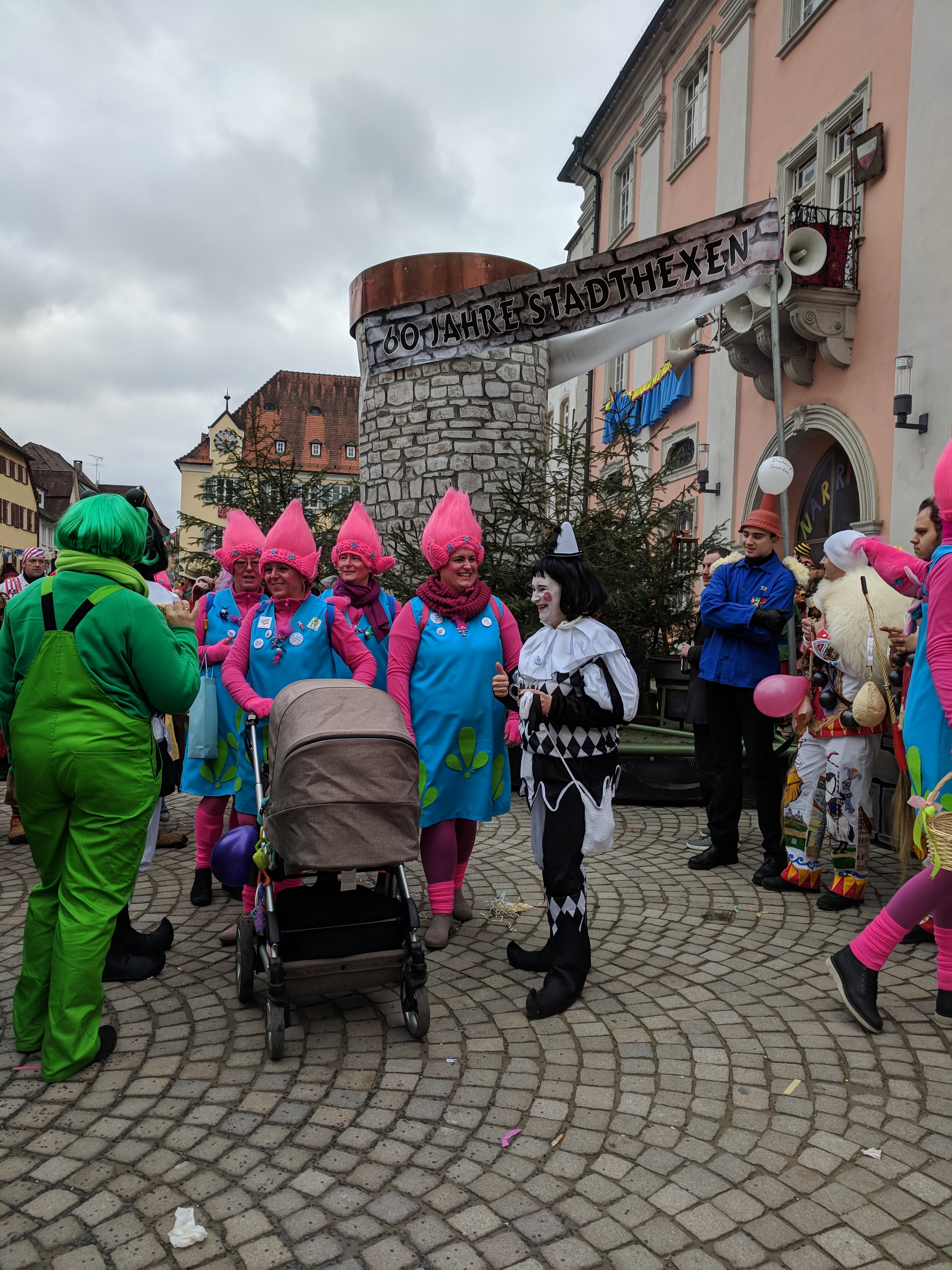


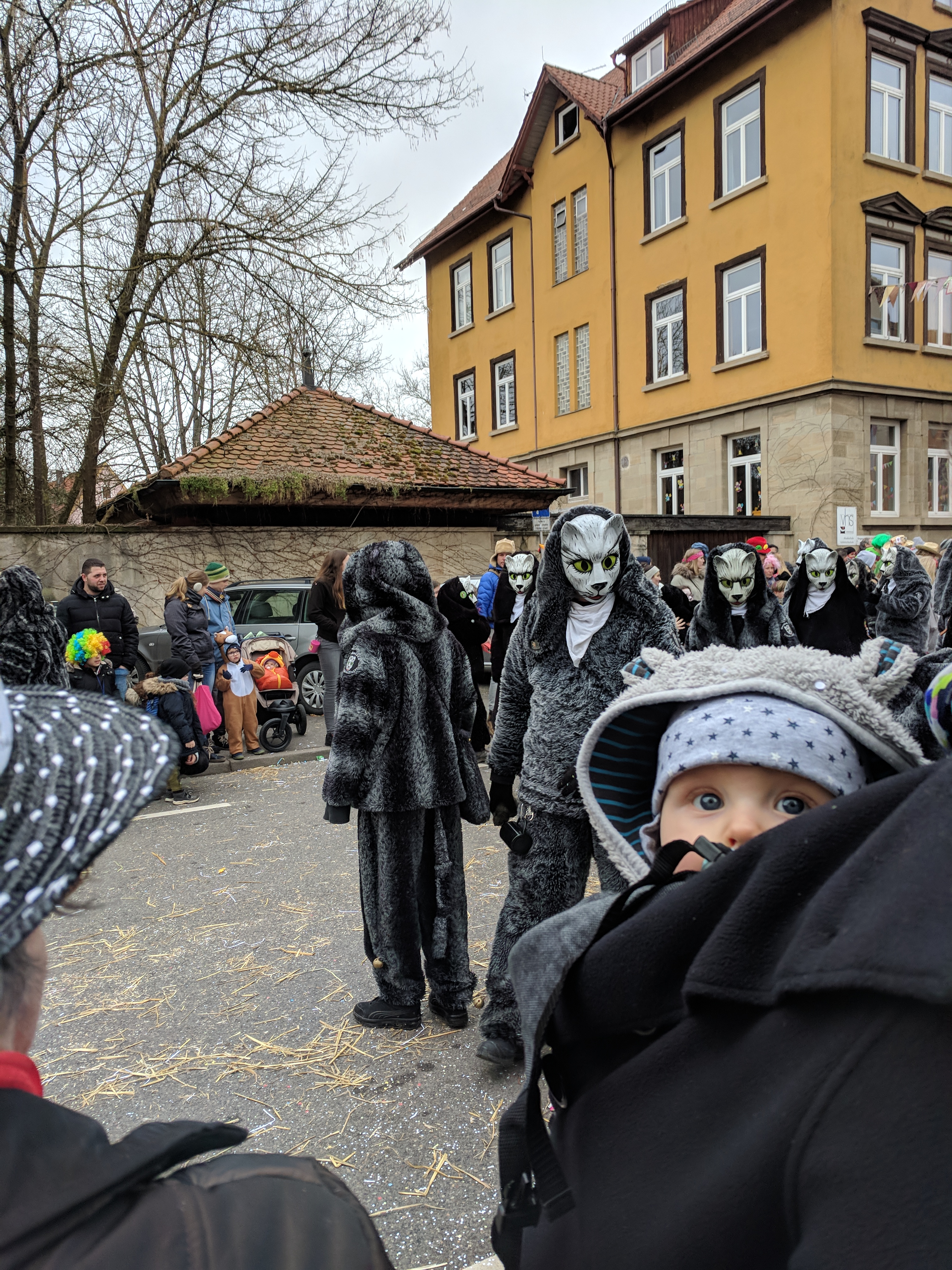
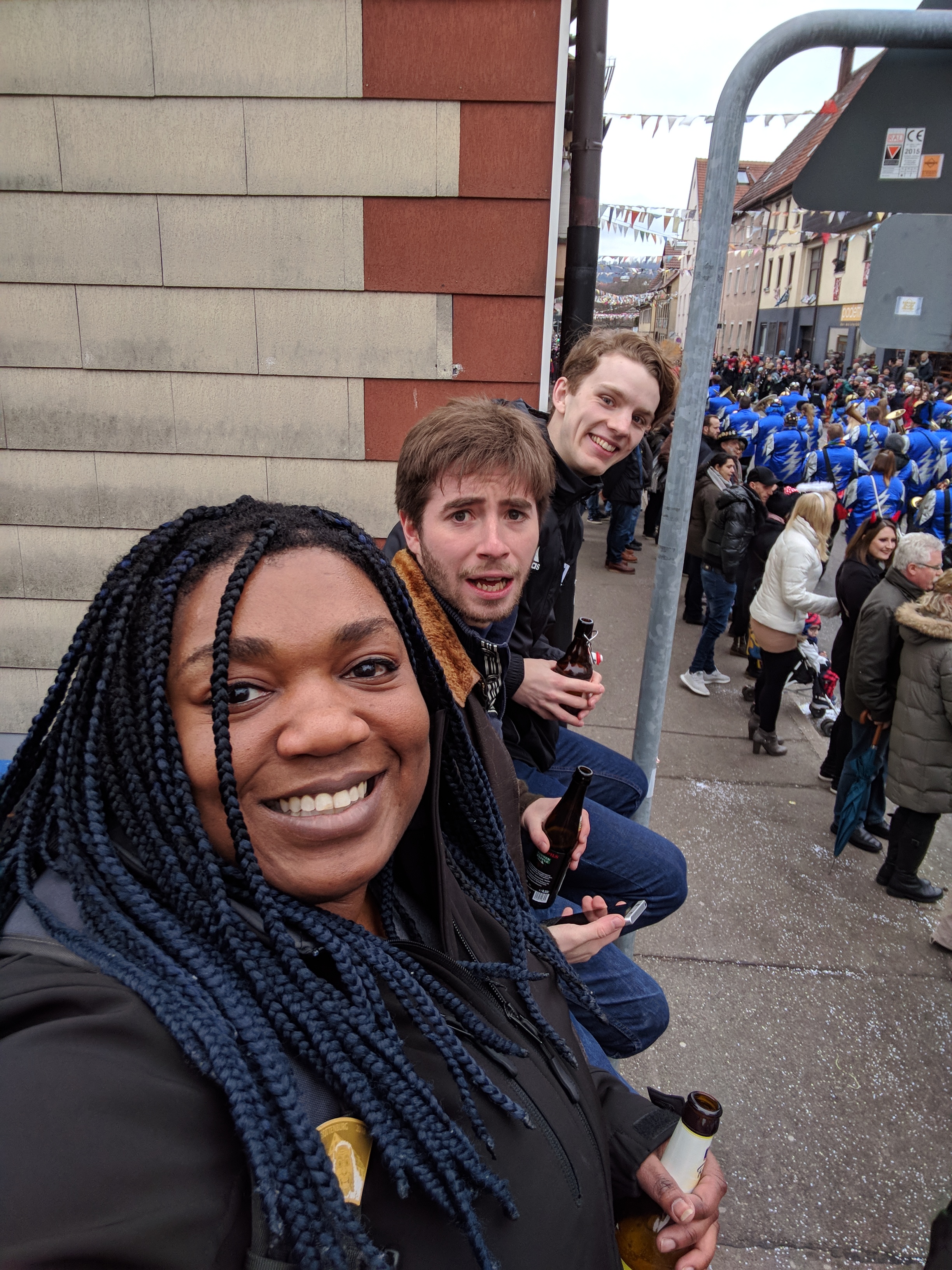
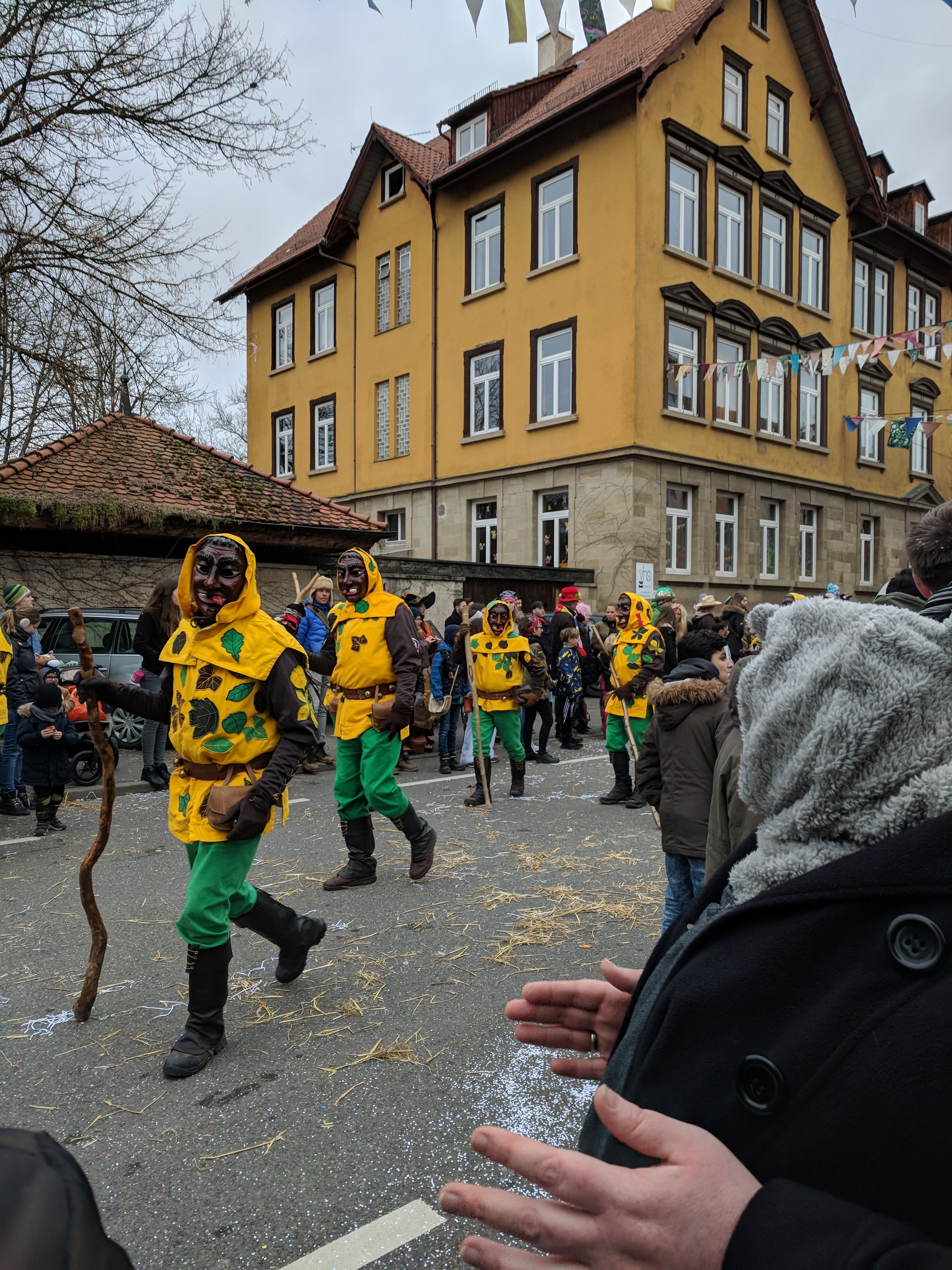
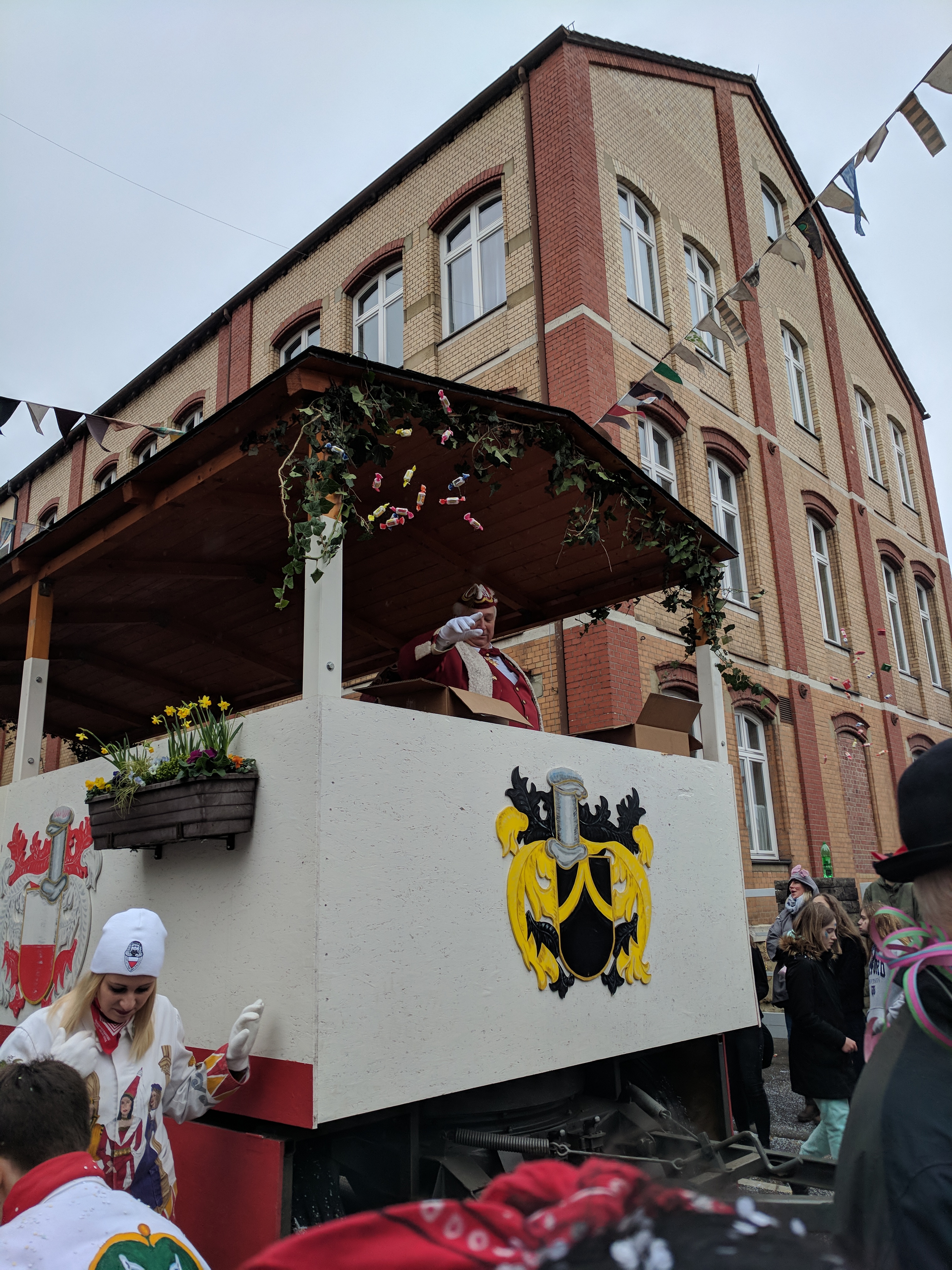
If you’re ever in southwestern Germany in early February I would highly suggest you attend this festival. If not only to bare witness to a long standing tradition but also to delight in children being thrown in wheelbarrows and covered in hay!
Cheers,
Patti
